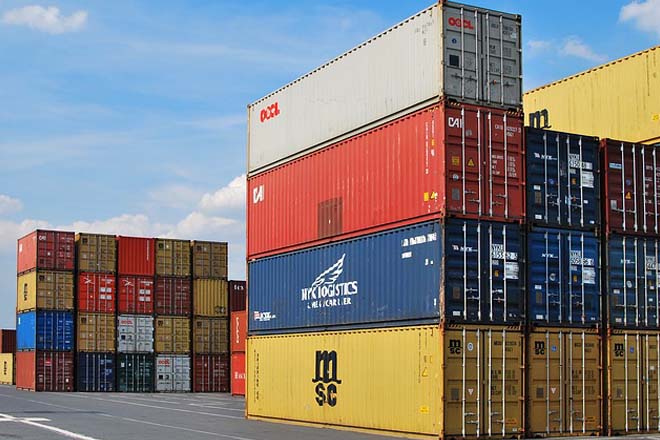The deficit in the merchandise trade account narrowed to US dollars 369 million in March 2024 from US dollars 412 million recorded in March 2023, primarily due to a higher increase in exports than the increase in imports.
However, it widened compared to February 2024 (US dollars 319 million).
Meanwhile, the cumulative deficit in the trade account during January to March 2024 was higher (US dollars 1,229 million) than the deficit recorded over the same period in 2023 (US dollars 896 million).
Earnings from merchandise exports increased by 9.8 per cent to US dollars 1,139 million in March 2024 compared to US dollars 1,037 million in March 2023.
There was an increase in earnings across all major categories of exports, where industrial exports increased the most. The increase in industrial
goods exports in March 2024 (year-on-year) was mainly contributed by petroleum products due to the increase in volumes of bunkering and aviation fuel exports, while textiles and garments exports also recorded a notable improvement.
Earnings from exports of agricultural goods also improved in March 2024 mainly driven by tea (led by higher volumes) and coconut-related products, despite a significant decline in spice exports.
Earnings from mineral exports increased marginally in March 2024.
Meanwhile, the improvement in earnings from exports in March 2024 compared to February 2024 was largely driven by higher textiles and garments exports, which was the highest earnings from these exports recorded since December 2022.
Expenditure on merchandise imports recorded an increase of 4.0 per cent to US dollars 1,508 million in March 2024 compared to US dollars 1,450 million in March 2023. Expenditure across all major import categories increased, although intermediate goods led by fuel imports increased the most.
The increase in expenditure on consumer goods imports in March 2024 compared to a year ago was due to an increase in expenditure on food and beverages imports, although there was a decline in non- food consumer goods imports (led by lower medical and pharmaceuticals).
Meanwhile, expenditureon intermediate goods imports increased primarily due to higher fuel imports compared to March.
However, expenditure on textiles and textile articles, wheat and fertiliser significantly decreased in March 2024. Expenditure on investment goods recorded a broad-based increase, driven primarily by higher imports of building materials and machinery and equipment.
Meanwhile, expenditure on imports in March 2024 increased significantly compared to February 2024 primarily due to the normalisation of fuel expenditure.

